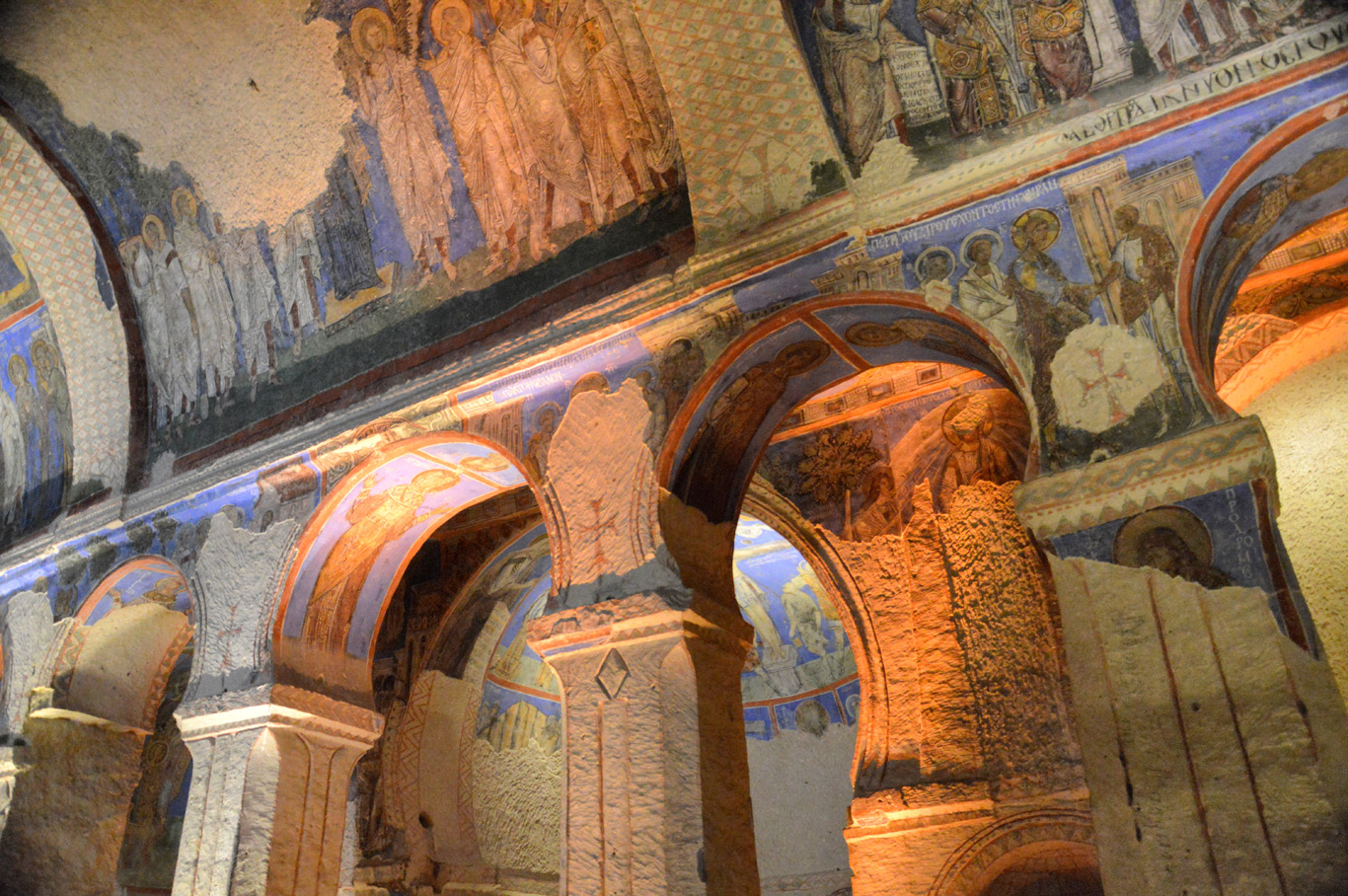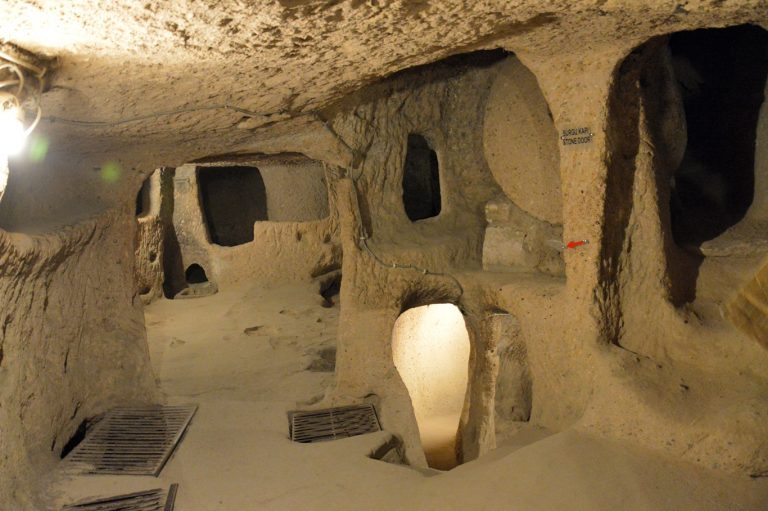
It is believed that the underground cities were initially built by the Phrygians during the 8th and 7th centuries BC. Later, during the Roman era and the replacement of the Phrygian language with Greek, the then Christian inhabitants continued work on the underground cities by adding their own cultural and religious necessities such as chapels and Greek inscriptions.
The unique and beautiful region of Cappadocia in Turkey is known for its original rock formations and cave towns where people have lived for millennia. The soft sandstone made it easy for the locals to carve out caves large enough to create their own homes inside. Some of the ancient settlements are located in cliff walls, others in the mountains and some are even composed of a complex network of underground tunnels resembling a termite mound!
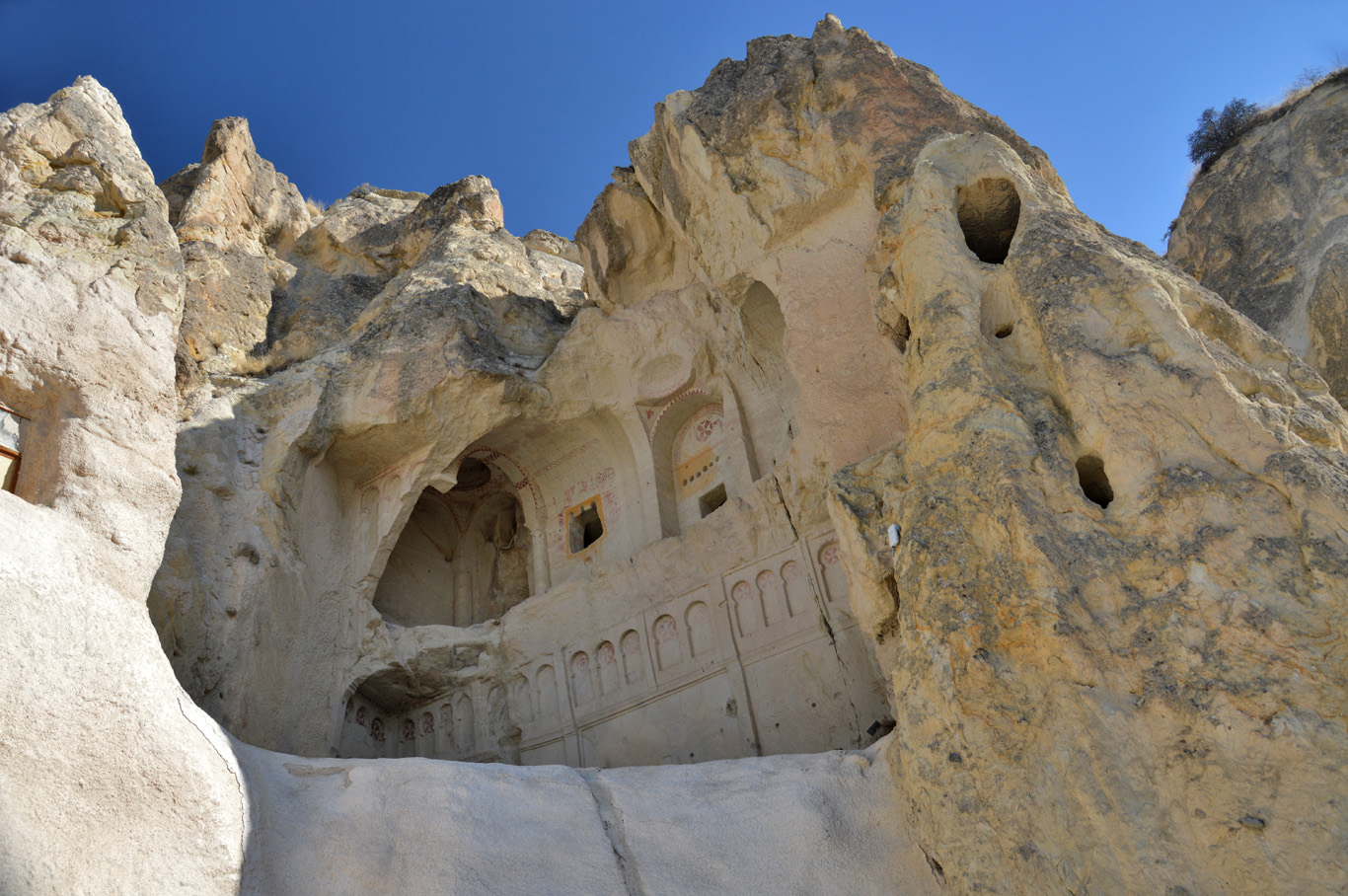
The Cappadocia underground cities were built by the people during the Byzantine era who were persecuted for their faith. The city’s inhabitants used the network of caves to protect themselves from Muslim-Arabs during the Arab-Byzantine Wars between 780 and 1180.
It is believed that the underground cities were initially built by the Phrygians during the 8th and 7th centuries BC. Later, during the Roman era and the replacement of the Phrygian language with Greek, the then Christian inhabitants continued work on the underground cities by adding their own cultural and religious necessities such as chapels and Greek inscriptions.
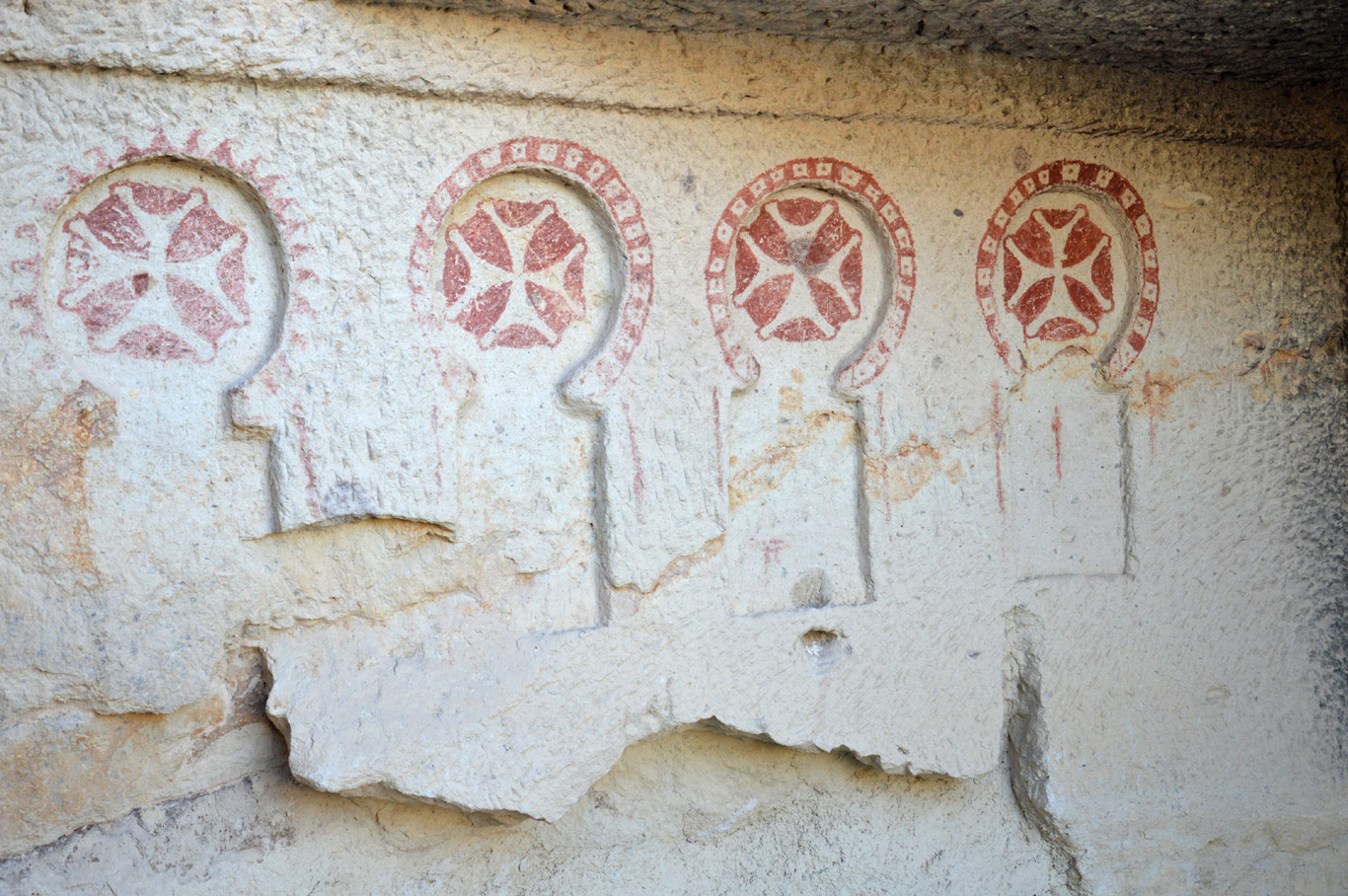
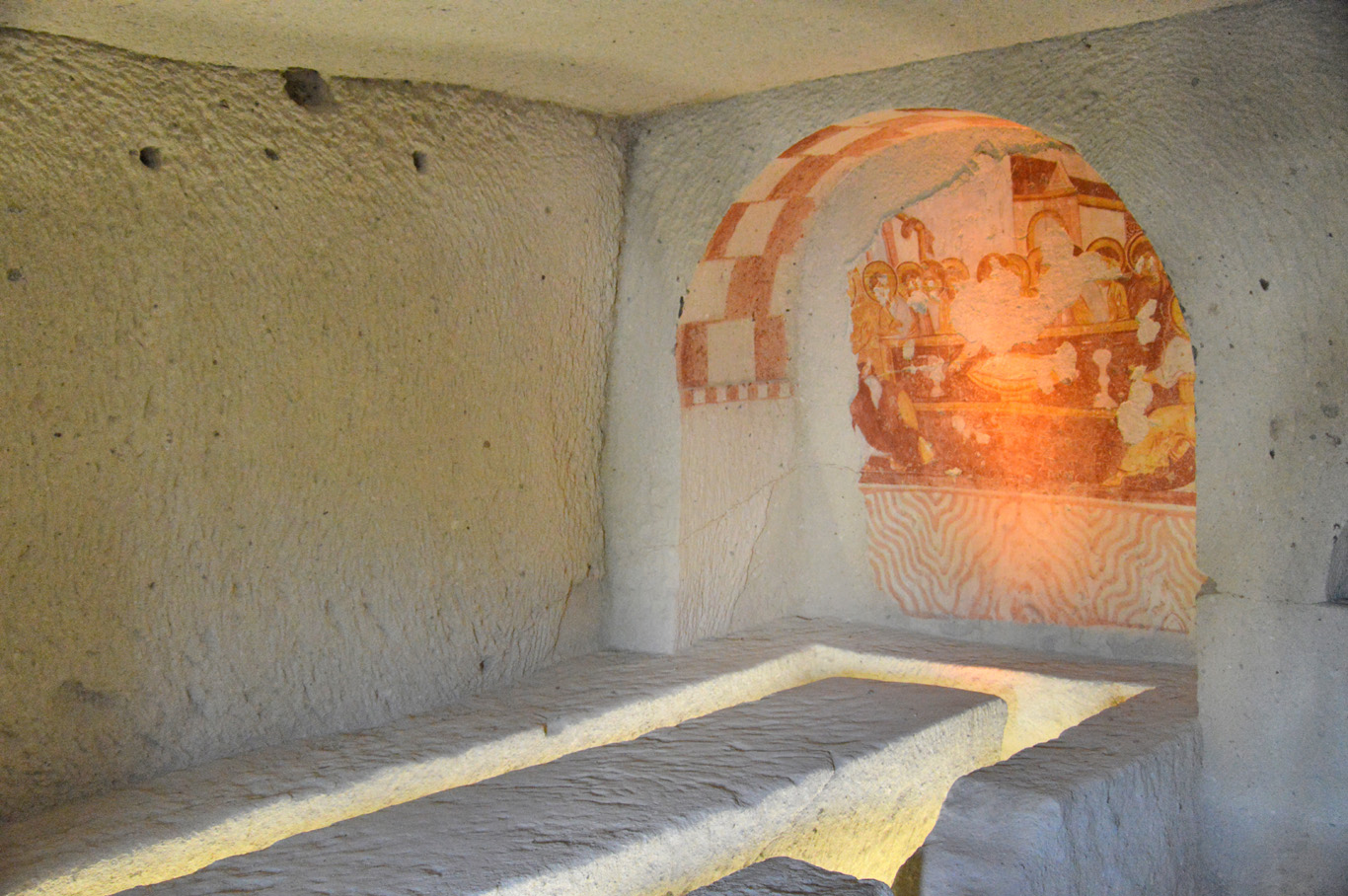 During the 14th century, the caves provided Christians with a safe haven from the threat of the Mongolians during the assaults on Timur.
During the 14th century, the caves provided Christians with a safe haven from the threat of the Mongolians during the assaults on Timur.
When the invaders came, Cappadocians knew where to hide: underground, in one of the 250 subterranean safe havens they had carved from pliable volcanic ash rock called tuff.
The most incredible aspects of the Cappadocia underground cities are their sheer scale and complexity. Some of these cities delve eight levels underground, with comprehensive living quarters and facilities for making grape juice, cooking, drainage and plumbing and even stables for horses.
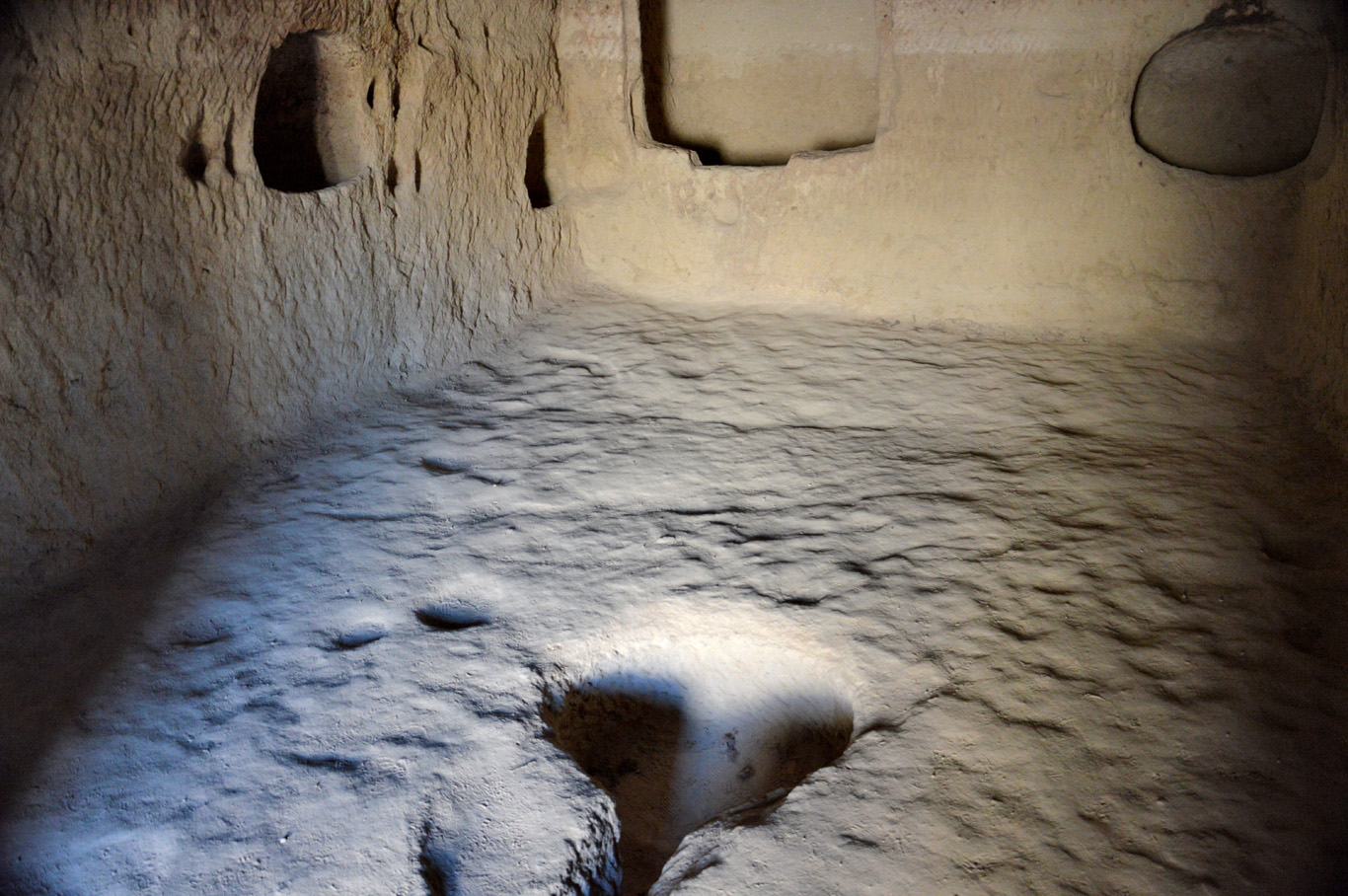
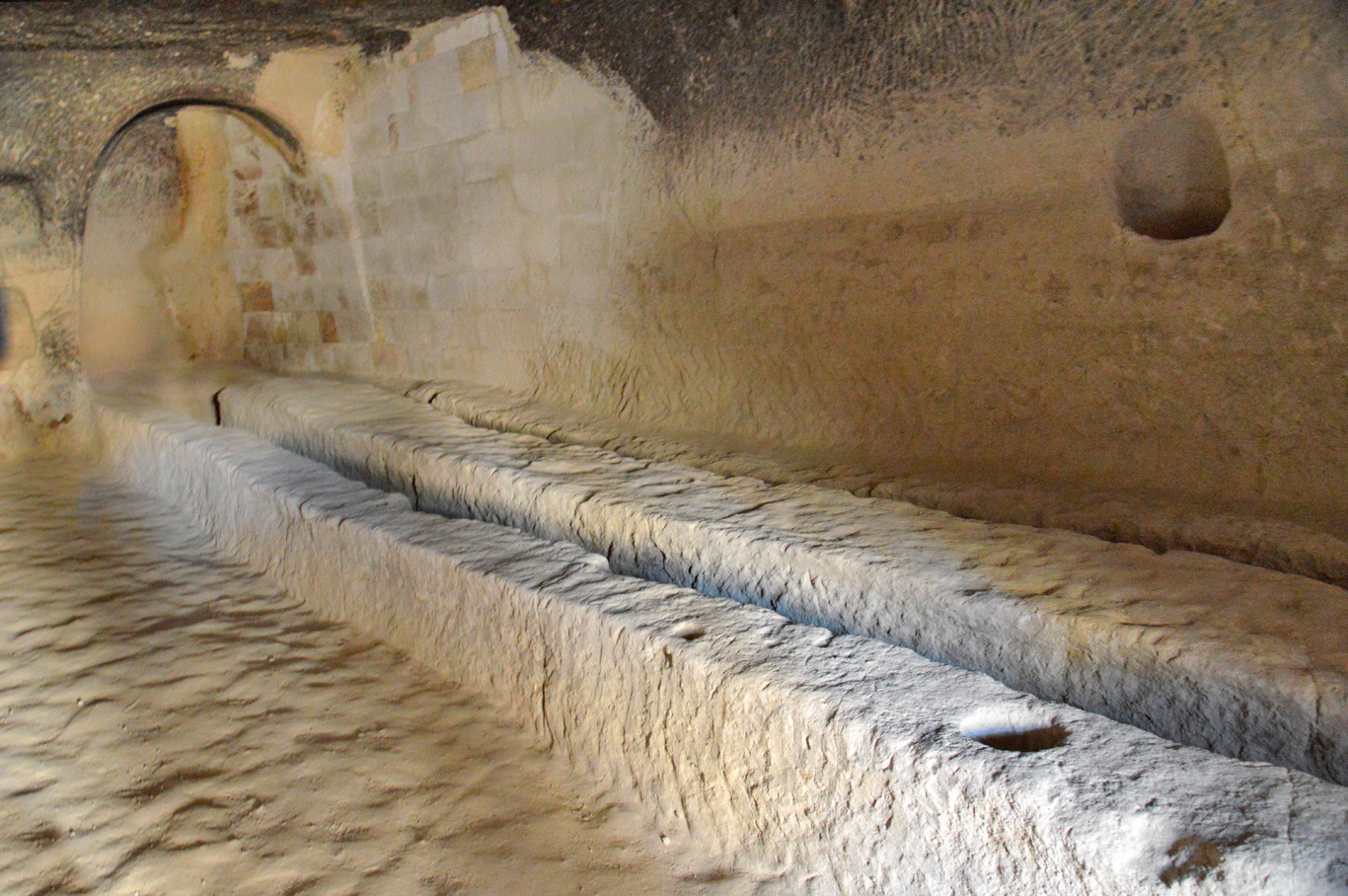 Of course, these underground cities were also vital forts, protecting their citizens, and the Cappadocia made provisions for this, including sturdy doors and even holes in the ceilings through which to pour hot oil over any intruders.
Of course, these underground cities were also vital forts, protecting their citizens, and the Cappadocia made provisions for this, including sturdy doors and even holes in the ceilings through which to pour hot oil over any intruders.
Even during the 20th century, the caves allowed for people to protect themselves from persecution administered during the Ottoman Empire. It was not until 1923, after the population exchange between Greece and Turkey, that the underground cities were completely abandoned and forgotten about.
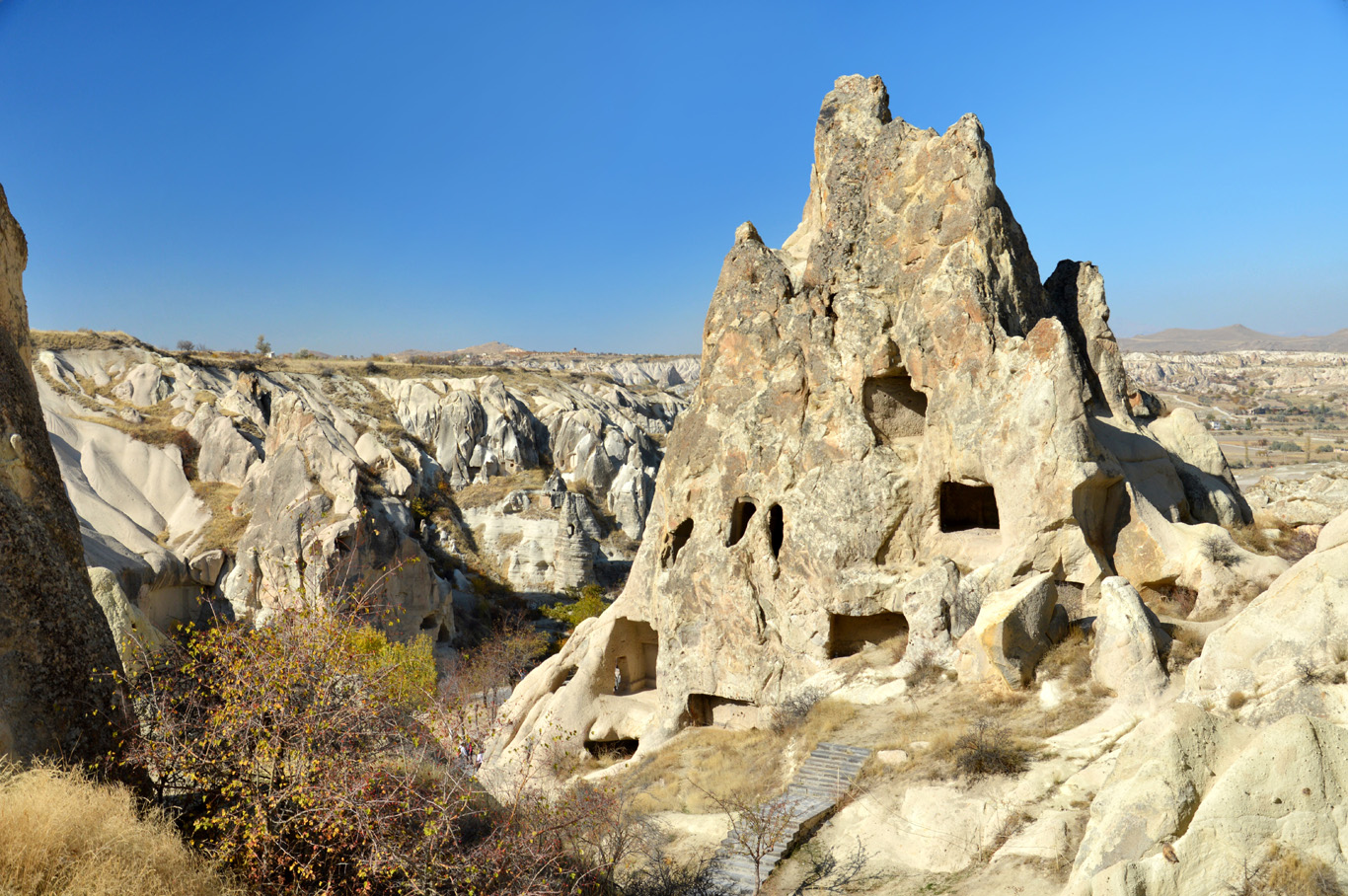
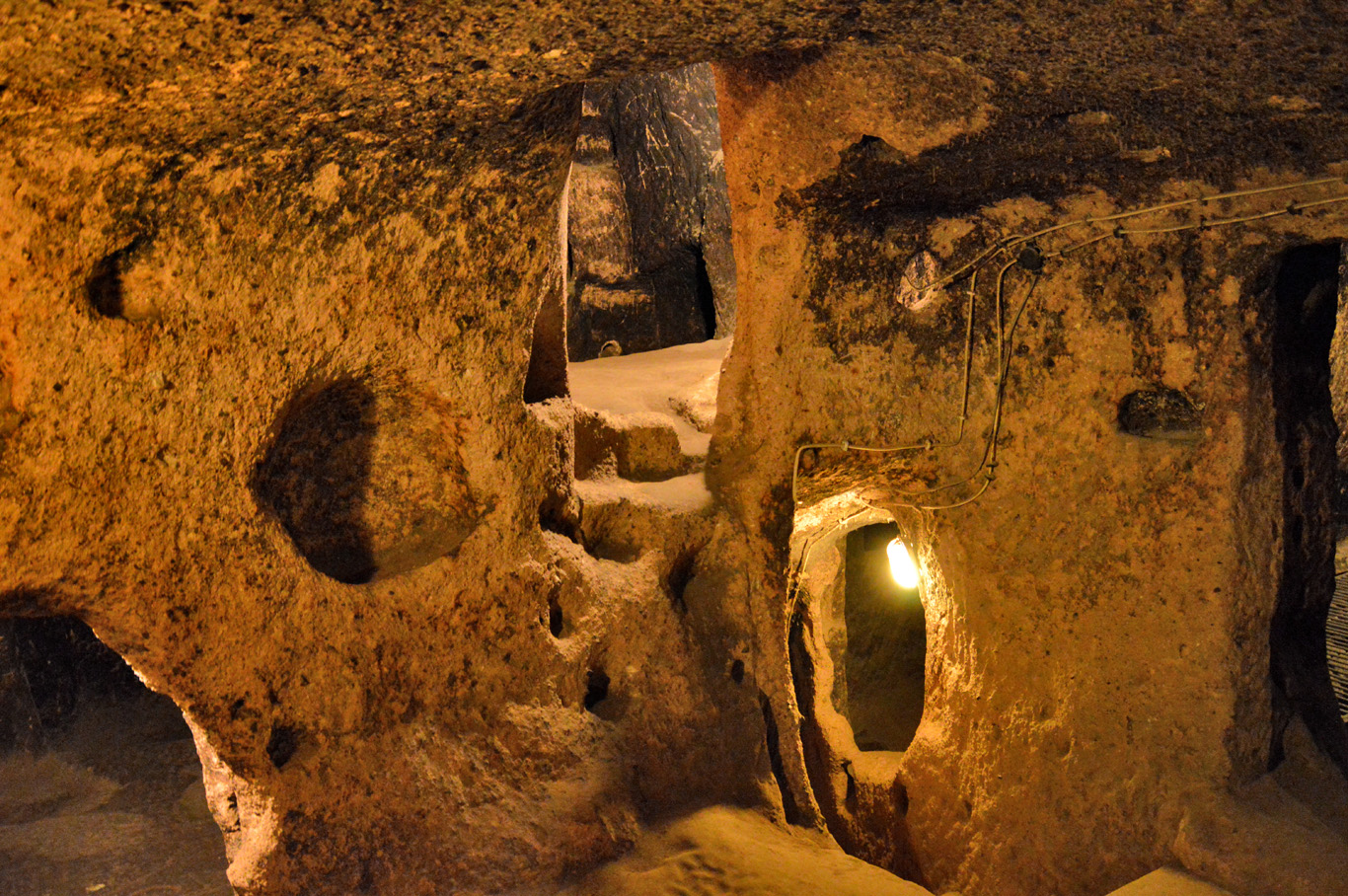 In 1963, a resident discovered a strange room in a wall inside his house, thus leading to the huge underground city being rediscovered.
In 1963, a resident discovered a strange room in a wall inside his house, thus leading to the huge underground city being rediscovered.
Discovered beneath a Byzantine-era hilltop castle in Nevşehir, the provincial capital, the site dates back at least to early Byzantine times. It is still largely unexplored, but initial studies suggest its size and features may rival those of Derinkuyu, the largest excavated underground city in Cappadocia, which could house 20,000 people.
In 2013, construction workers demolishing low-income homes ringing the castle discovered entrances to a network of rooms and tunnels. The city halted the housing project, called in archaeologists and geophysicists, and began investigating.
A 300-year-old paper trail between the local government and Ottoman officials suggested where to begin. “We found documents stating that there were close to 30 major water tunnels in this region,” says Nevşehir mayor Hasan Ünver.
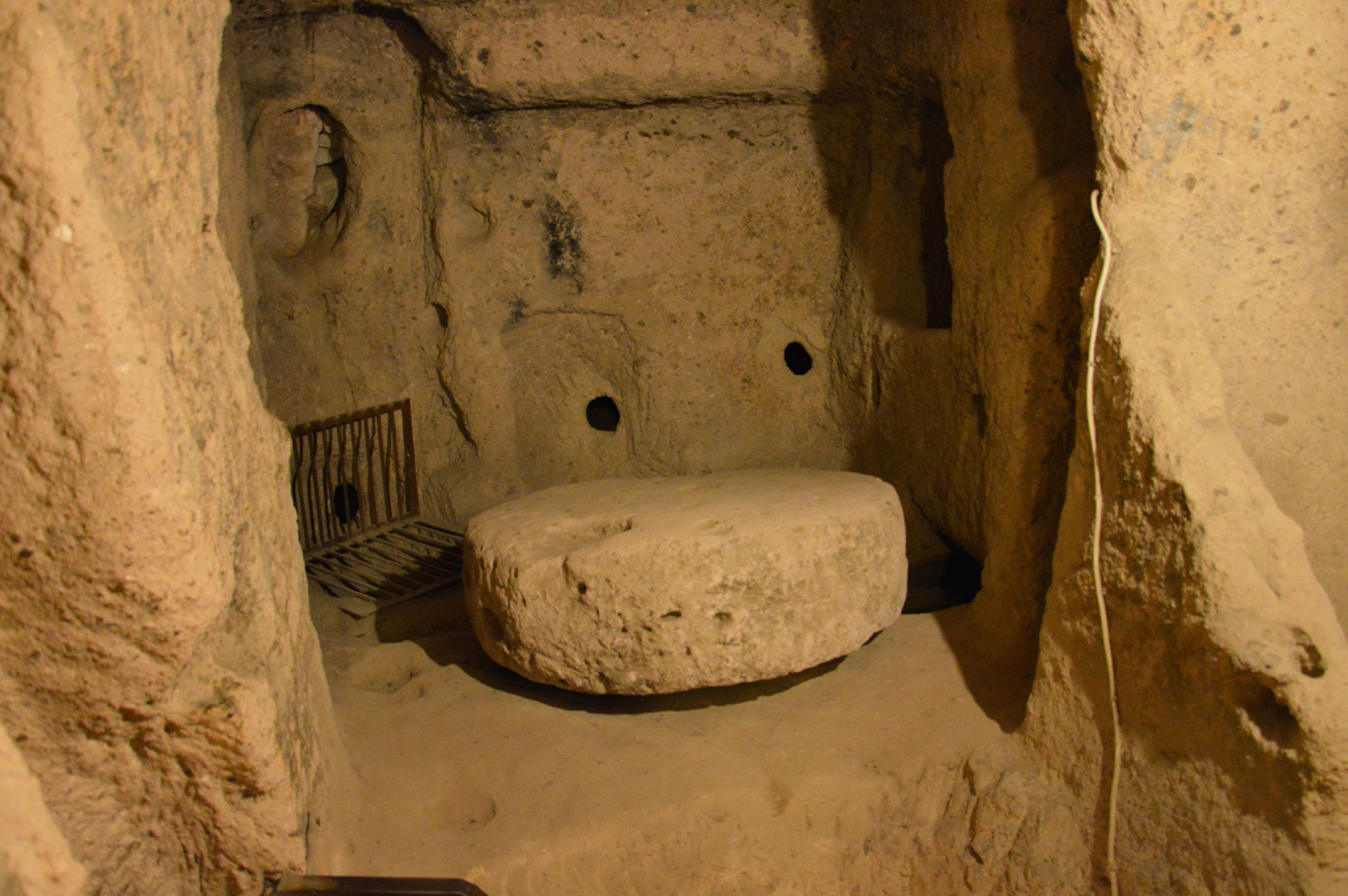
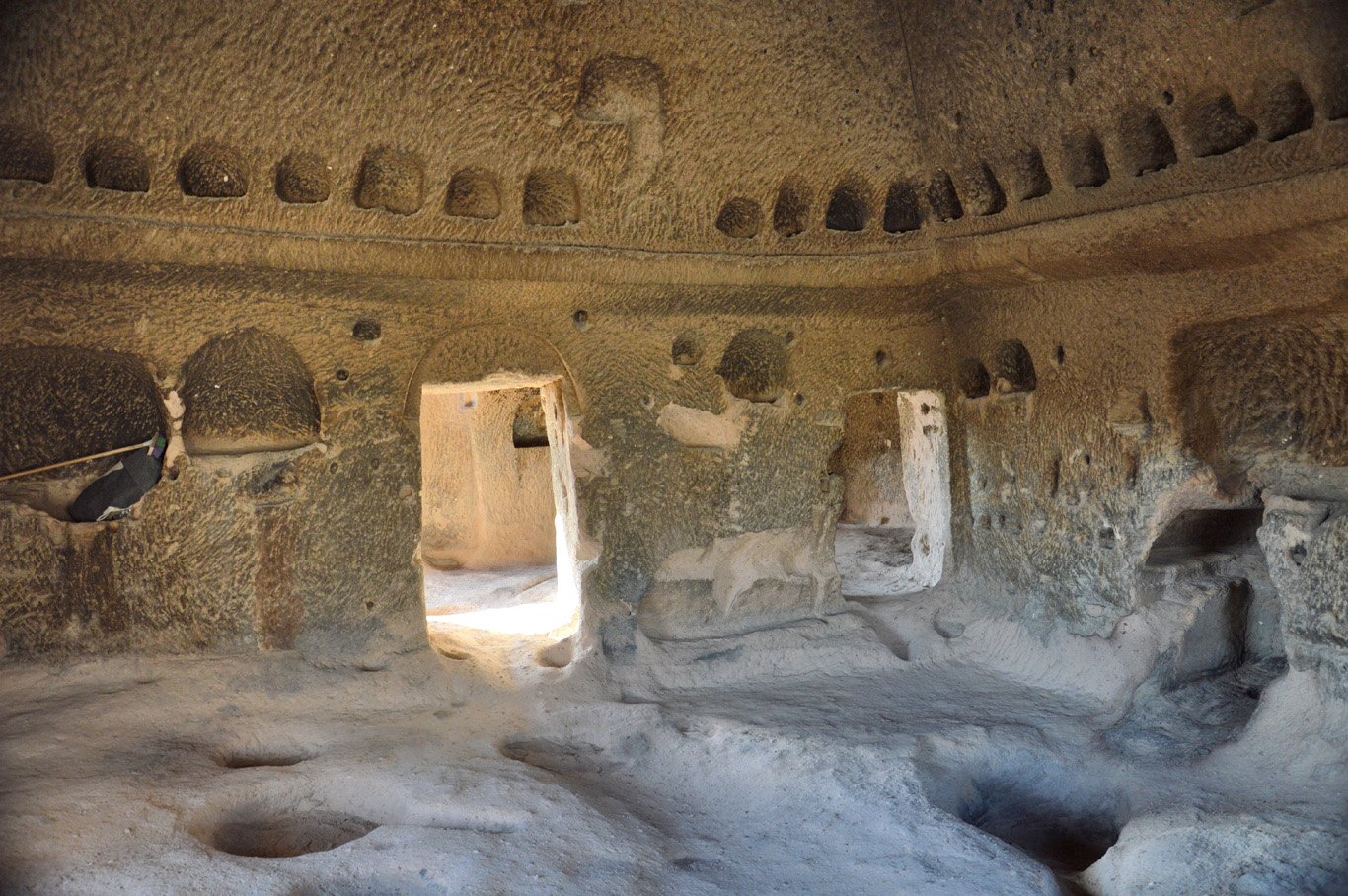 In 2014, those tunnels led scientists to discover a multilevel settlement of living spaces, kitchens, wineries, chapels, staircases, and bezirhane—linseed presses for producing lamp oil to light the underground city. Artifacts including grindstones, stone crosses, and ceramics indicate the city was in use from the Byzantine era through the Ottoman conquest.
In 2014, those tunnels led scientists to discover a multilevel settlement of living spaces, kitchens, wineries, chapels, staircases, and bezirhane—linseed presses for producing lamp oil to light the underground city. Artifacts including grindstones, stone crosses, and ceramics indicate the city was in use from the Byzantine era through the Ottoman conquest.
Like Derinkuyu, the site appears to have been a large, self-sustaining complex with air shafts and water channels. When danger loomed, Cappadocians retreated underground, blocked the access tunnels with round stone doors, and sealed themselves in with livestock and supplies until the threat passed.
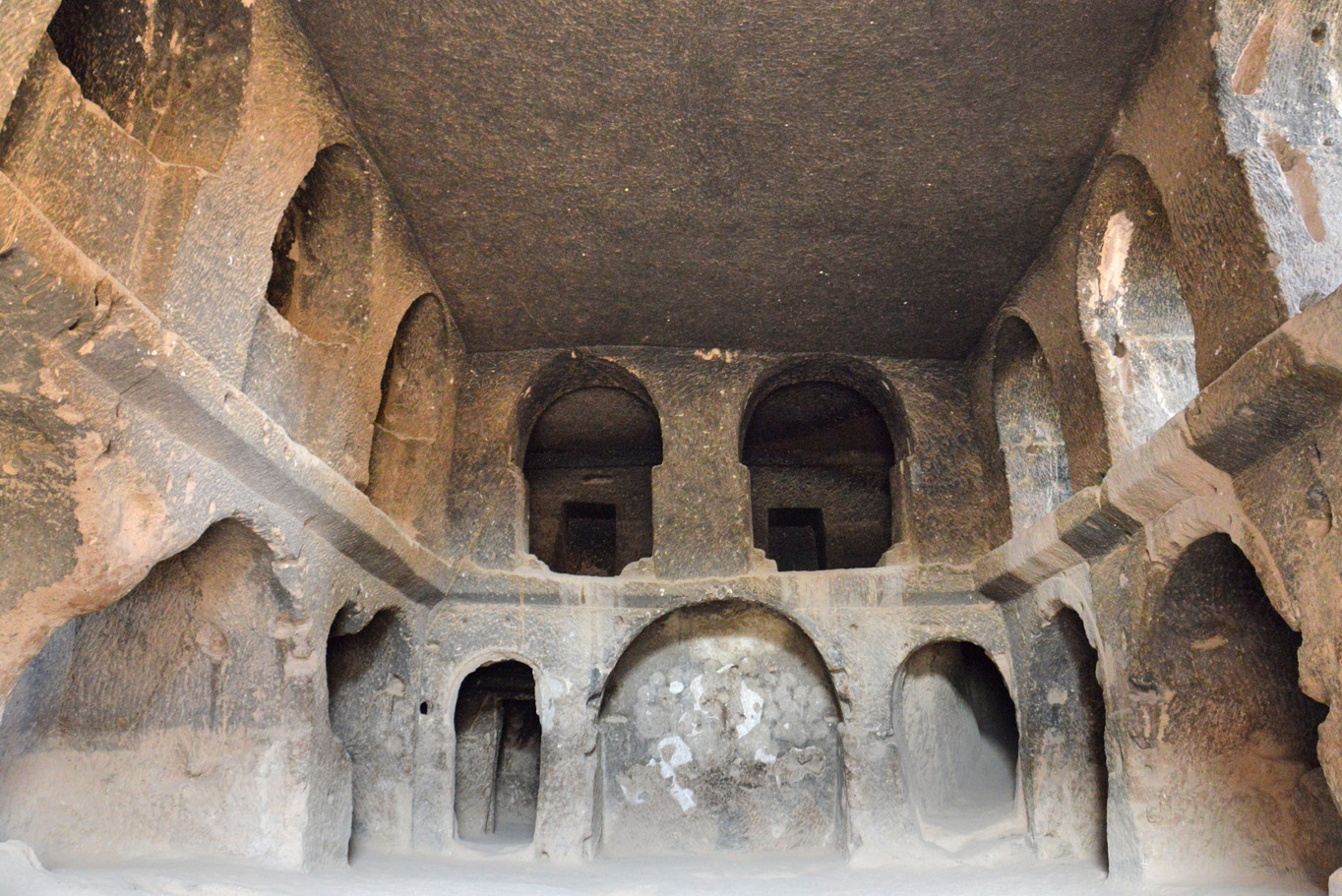
Cappadocia’s early adoption of Christianity—the apostle Paul arrived in the first century, and by the fourth its bishops were power players in the newly Christian Byzantine Empire—made it a safe haven during centuries of war for control of Anatolia. Muslim invaders arrived in the late eighth century, and centuries later came the Seljuk Turks. Eventually Ottoman emperors ruled the entirety of Anatolia.
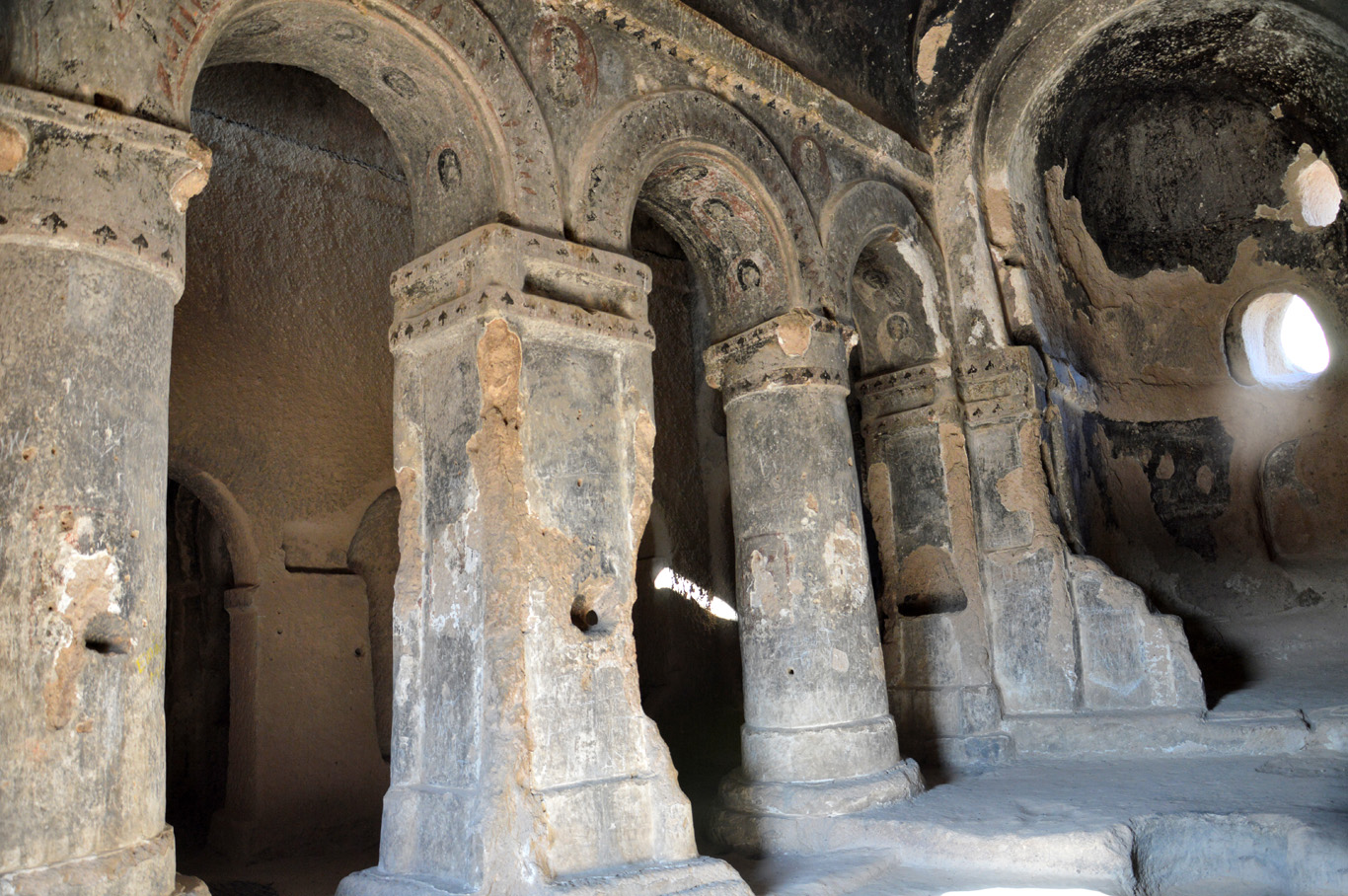 One of the most famous underground cities in Cappadocia Derinkuyu, built during the Byzantine era, is multi-level city, composed of many passages and caves lying at around 60m (197ft) under the ground and was able to shelter around 20,000 people as well as their livestock and food. It’s certainly the deepest underground city in Cappadocia (and in all of Turkey). Derinkuyu was opened to visitors in 1969 – albeit, with only half of the city available for viewing.
One of the most famous underground cities in Cappadocia Derinkuyu, built during the Byzantine era, is multi-level city, composed of many passages and caves lying at around 60m (197ft) under the ground and was able to shelter around 20,000 people as well as their livestock and food. It’s certainly the deepest underground city in Cappadocia (and in all of Turkey). Derinkuyu was opened to visitors in 1969 – albeit, with only half of the city available for viewing.
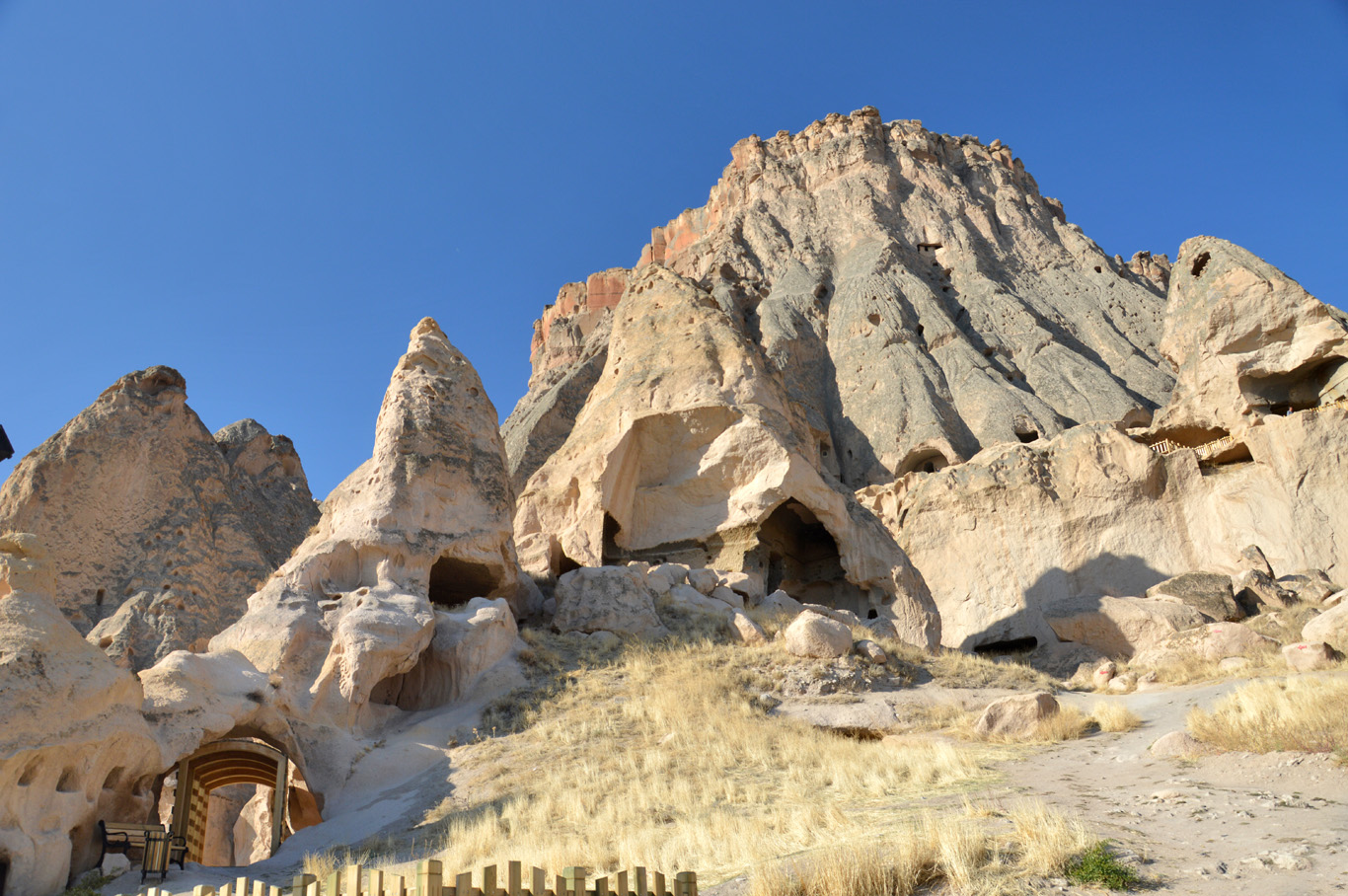
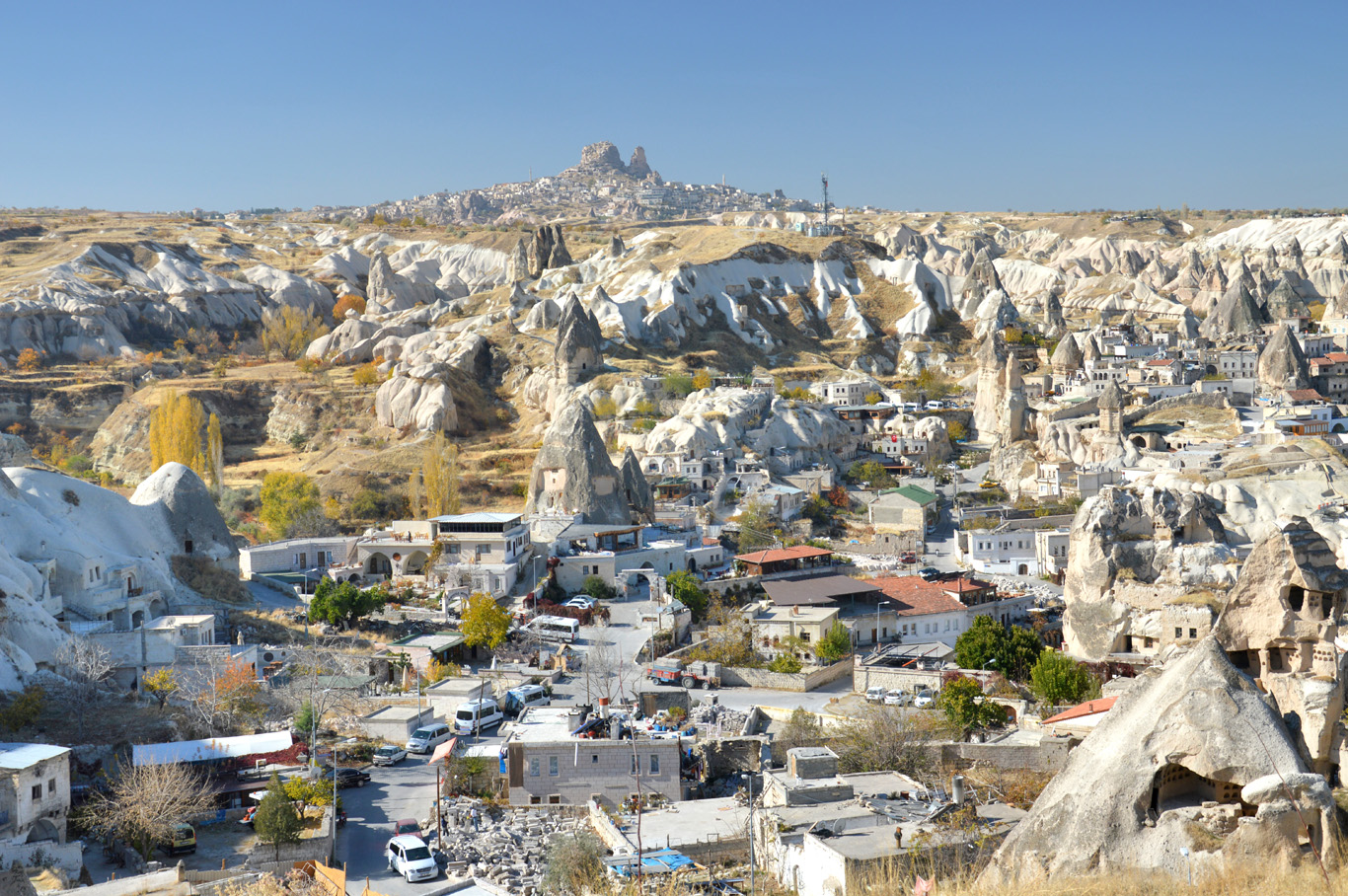 After being opened to the public in 1964, it was awarded Unesco World Heritage status in 1985. It offers a fascinating window into the past, descending eight levels deep – although only the first four can be accessed by visitors, which lie at around 20m (66ft) below ground. As a general rule, the wealthiest families lived closer to the surface. While exploring Kaymakli, you’ll pass by stables, storage rooms (some of which are still used today), homes, a church and communal kitchens, where meals were once cooked en masse for the city’s population.
After being opened to the public in 1964, it was awarded Unesco World Heritage status in 1985. It offers a fascinating window into the past, descending eight levels deep – although only the first four can be accessed by visitors, which lie at around 20m (66ft) below ground. As a general rule, the wealthiest families lived closer to the surface. While exploring Kaymakli, you’ll pass by stables, storage rooms (some of which are still used today), homes, a church and communal kitchens, where meals were once cooked en masse for the city’s population.
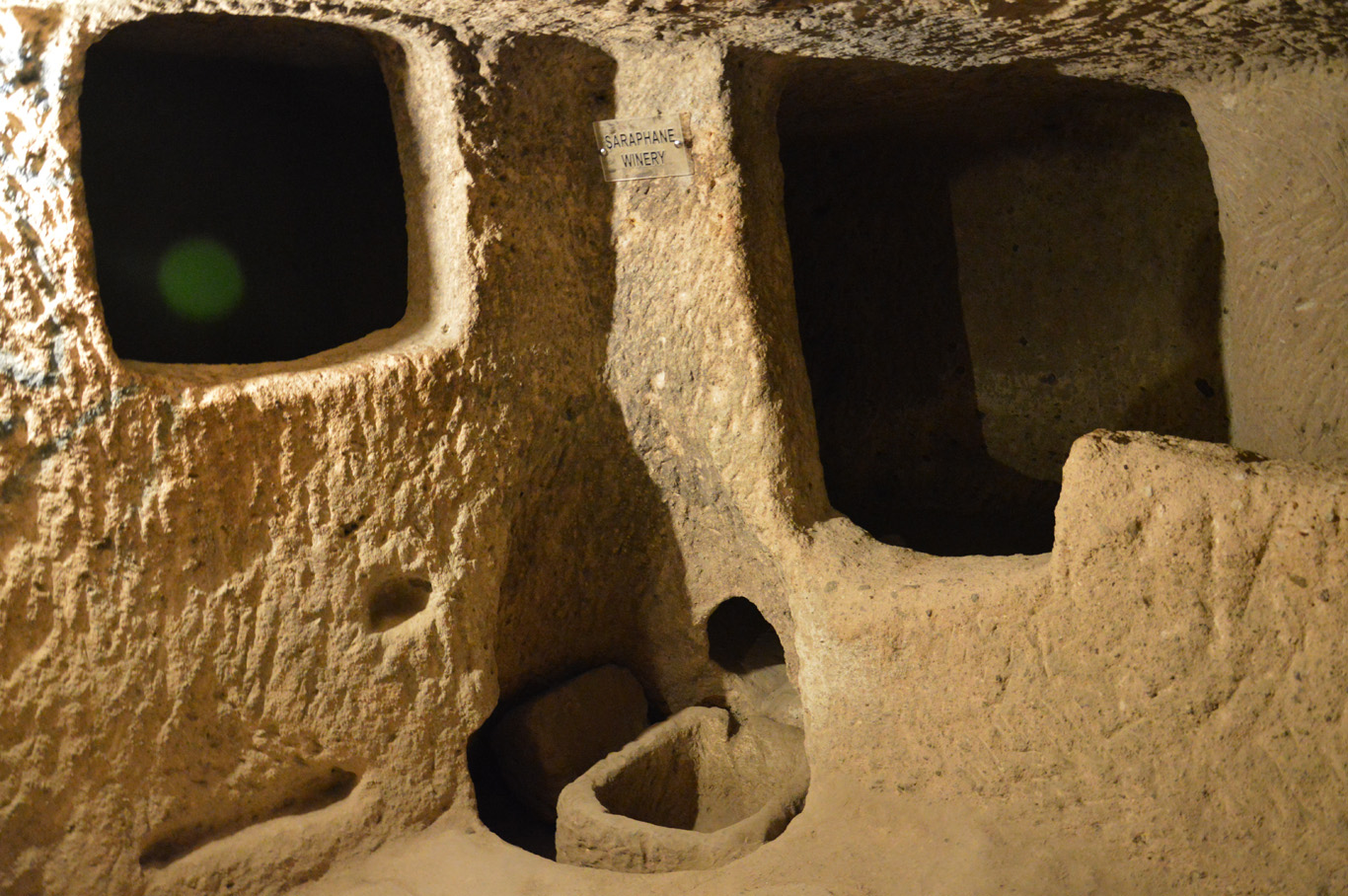 Goreme town is one of such cave towns and is unique in the sense that the ancient cave towns where the local communities lived for centuries are still used until this day.
Goreme town is one of such cave towns and is unique in the sense that the ancient cave towns where the local communities lived for centuries are still used until this day.
Not only people live in the caves in Cappadocia – pigeons do too! There are hundreds of pigeon houses also carved out of the various rock formations.
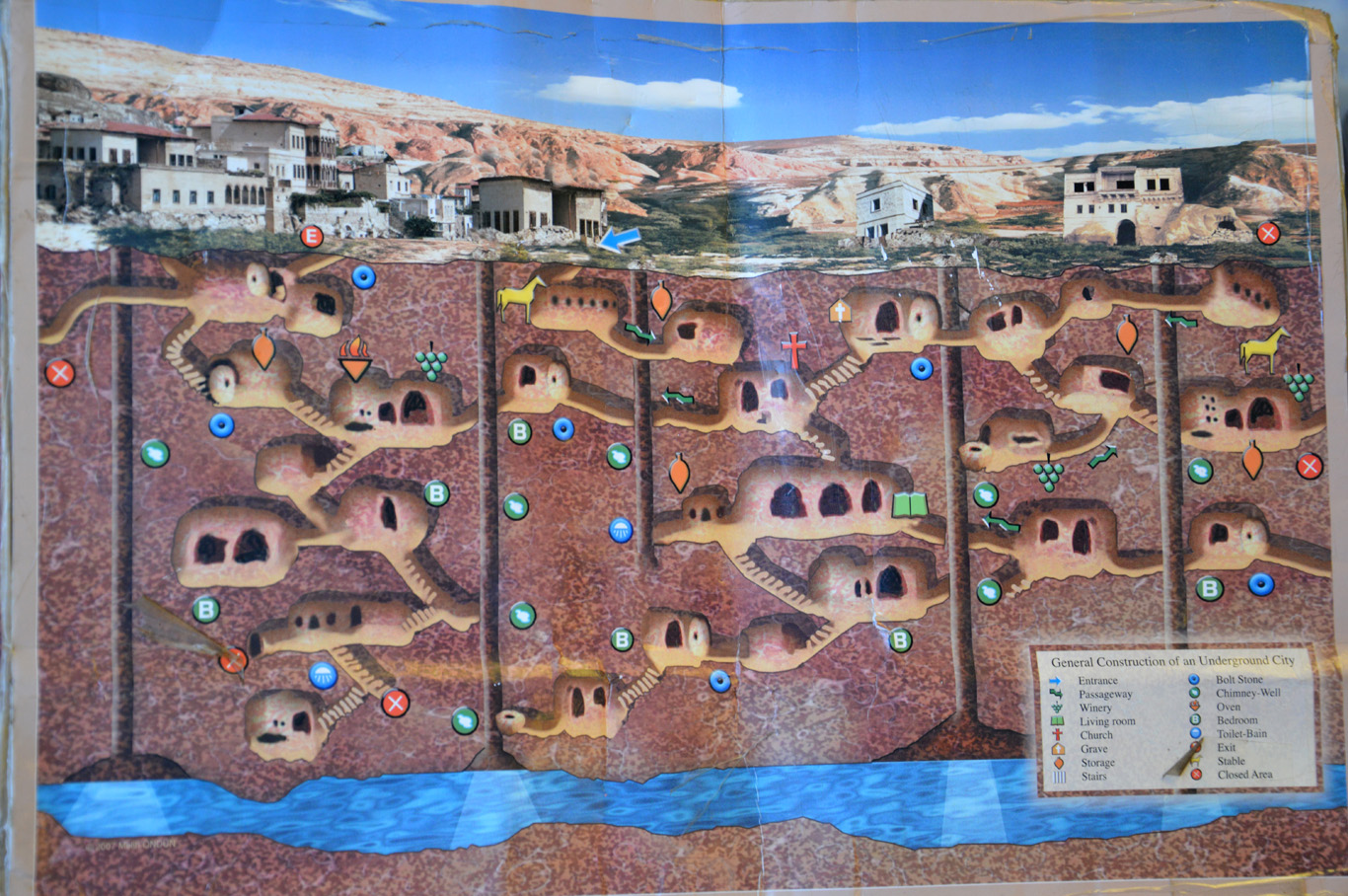
In Guzelyurt city the main attraction is amazing Selime Monastery which was the place where first Christians settled after fleeing persecutions inflicted by the Romans. The monastery is highly impressive with its massive columns, frescoes and chambers. It also offers great views over the area. Nearby Ihlara Valley boasts over 10 000 homes carved out of rock!
____________
Courtesy: Adventurous Travels, History Hit, National Geographic, The Culture Trip
